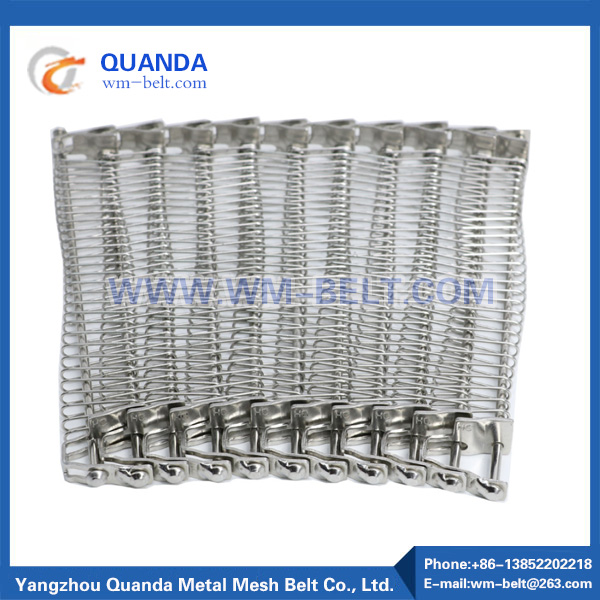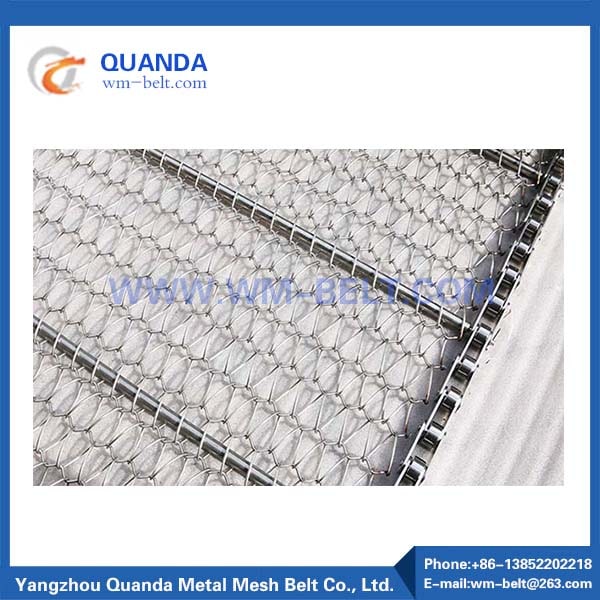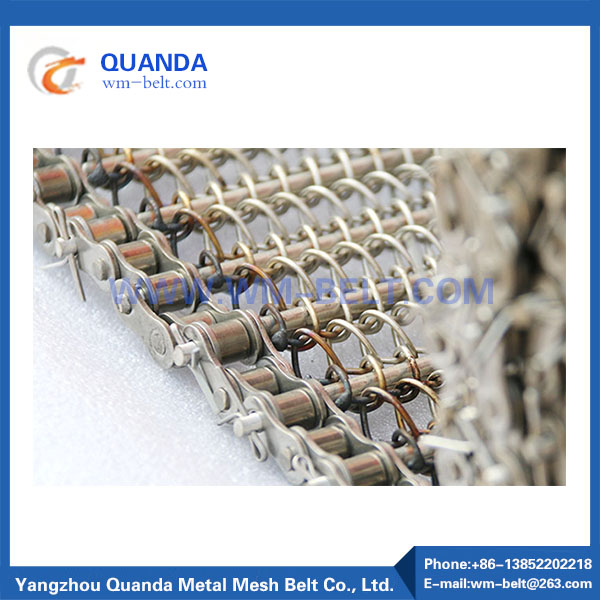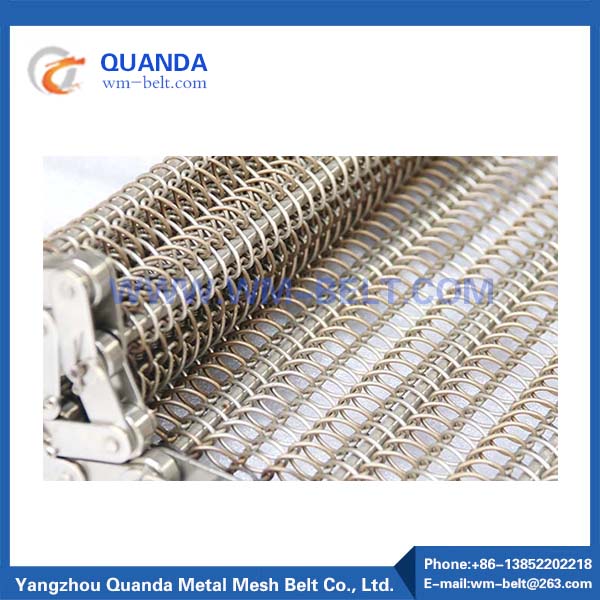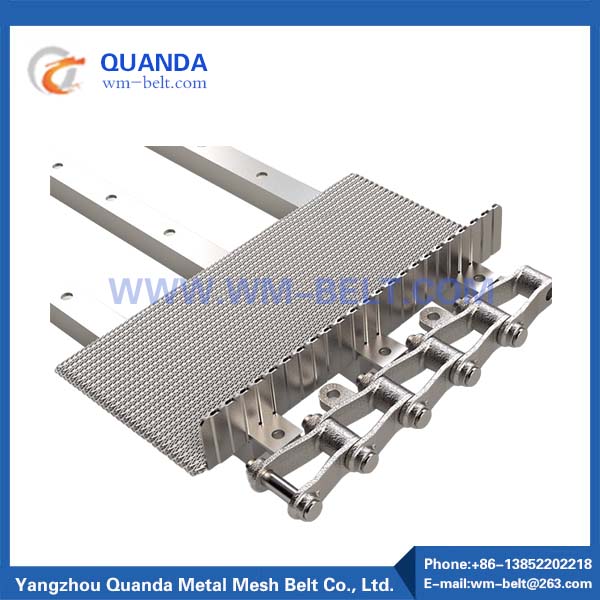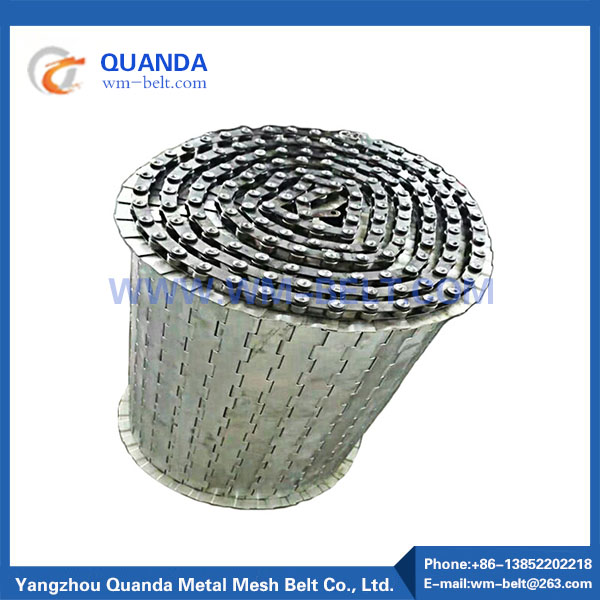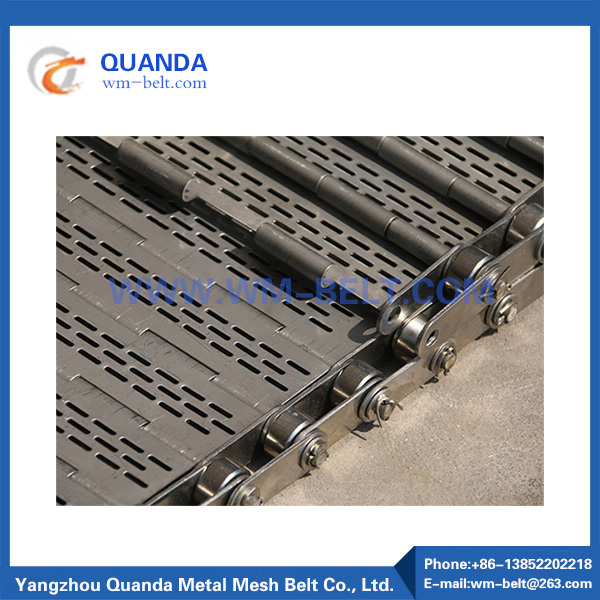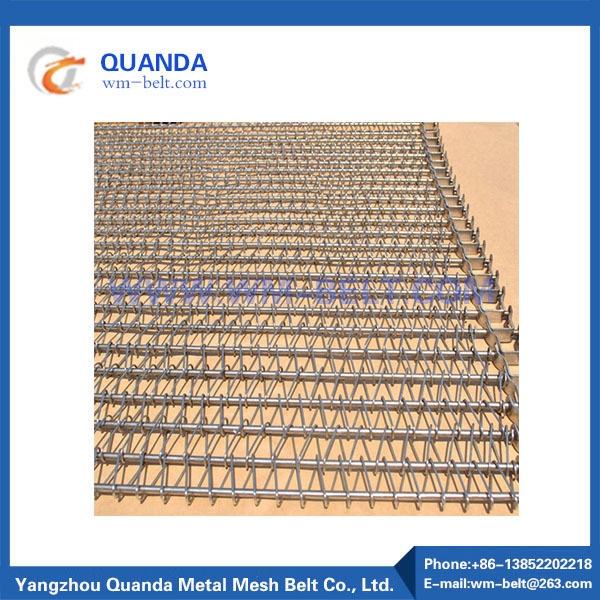- русский
- Français
- 日本語
- Deutsch
- tiếng Việt
- Italiano
- Español
- Português
- Nederlands
- ภาษาไทย
- Polski
- 한국어
- Svenska
- magyar
- Malay
- বাংলা ভাষার
- Dansk
- Suomi
- हिन्दी
- Pilipino
- Türkçe
- Gaeilge
- العربية
- Indonesia
- Norsk
- تمل
- český
- ελληνικά
- український
- Javanese
- فارسی
- தமிழ்
- తెలుగు
- नेपाली
- Burmese
- български
- ລາວ
- Latine
- Қазақша
- Euskal
- Azərbaycan
- Slovenský jazyk
- Македонски
- Lietuvos
- Eesti Keel
- Română
- Slovenski
- मराठी
- Srpski језик
Products
Slat conveyor belt
Slat conveyor belts are used in a variety of applications to transport items or objects along predetermined paths. In particular, a slatted conveyor belt can be used to divide a single transportation route into two different transportation routes. For example, if a slat conveyor belt is connected to a production line, the product should be transported to another target location (such as a packaging station), which may be valuable.
Send Inquiry
Product Description
Slat conveyor belts are used in a variety of applications to transport items or objects along predetermined paths. In particular, a slatted conveyor belt can be used to divide a single transportation route into two different transportation routes. For example, if a slat conveyor belt is connected to a production line, the product should be transported to another target location (such as a packaging station), which may be valuable.
In other cases, the production line can deliver products at a speed that must be reduced to achieve effective loading and unloading. Therefore, the slat conveyor belt can be used to divide the product conveyor line into two corresponding lines, which means that two loading and unloading stations can be allowed to run at half the production speed. Such systems currently on the market use a circulating drive to drive a conveying surface with slats or ribs arranged to cross the conveying direction. Many carriers are arranged on the slats and are guided along the slats by guides located under the slats.
Therefore, when the slat conveyor belt moves forward, the carriages will move forward together with the slats, and they will be pushed by the guide to move laterally. Therefore, a switch is needed to guide the carrier away from the center of the slat conveyor in any direction.Although the currently available systems can be used for different applications, as the speed of the slat conveyor belt increases, many disadvantages will become apparent. For example, in a typical beverage container production line, the filling equipment conveys products at a rate of up to 19,000 packages per hour. This requires a typical slat conveyor speed of about 1m/s.
In addition, a high-resolution slat conveyor belt is required to make the package stop firmly on the carrier. In other words, the package should occupy multiple carriers to eliminate the risk of dropping the package from the carrier. For example, a 3 cm wide carrier can be used to transport packages approximately 9 cm long. In this way, each package occupies three movers, and one mover will always only move one package.Therefore, the switcher is required to have a very fast response time to switch approximately every 30ms. If the switch runs too fast, there is no need to switch when the carriage moves inside the switch. If this is the case, the vehicle will be subjected to excessive force, resulting in increased system wear and fragility. Therefore, the switch must be substantially shorter than the width of the carrier.
When the size of the switch is made smaller, the system will therefore have greater complexity and smaller tolerances, resulting in increased manufacturing costs and decreased operational stability.The slat conveyor belt is also called corrugated sidewall belt, large inclination corrugated sidewall belt, and skirt side belt. It consists of three parts: base belt, sidewall and transverse partition. The ribs play a role in preventing the material from sliding and falling off. In order to easily bypass the drum, the ribs are designed to be corrugated; the corrugated ribs conveyor belt diaphragm is used to support the material. In order to achieve large inclination transportation, T-type and TC-type are adopted. The ribs and diaphragms of the corrugated rib conveyor belt are connected with the base belt by secondary vulcanization, and the rib height is 60-500mm.
Baseband requirements
The base belt of the slat conveyor belt requires a certain degree of tensile strength and wear resistance. Among them, for the partition conveyor belt with empty edges, in order to meet the requirements of the angle change, the longitudinal direction of the tape must be flexible, and the transverse direction must be rigid.
Baseband structure:
The base tape is composed of four parts: upper cover rubber, lower cover rubber, belt core and lateral rigid layer. The thickness of the upper cover rubber is generally 3-6mm; the thickness of the lower cover rubber is generally 1.5-4.5mm. The core material bears the tensile force. The material can be cotton canvas (CC), nylon canvas (NN), polyester canvas (EP) or Wire rope (ST). In order to increase the horizontal rigidity of the base belt, a special reinforcement layer is added on and under the core, called the horizontal rigid layer. The width of the base tape is the same as that of ordinary tape.
Features:
1. Increase the conveying angle (30~90 degrees);
2. Small footprint and low investment;
3. Large conveying capacity and higher lifting height;
4. Smooth transition from horizontal to inclined (or vertical);
5. It is suitable for conveying powdery, granular, small block, paste and liquid materials that are easy to scatter;
6. Low energy consumption, simple structure, high tape strength and long service life.
use:
Slat conveyor belts are widely used in material transportation in ports, metallurgy, mining, electric power, coal, foundry, building materials, food, chemicals and other fields.








